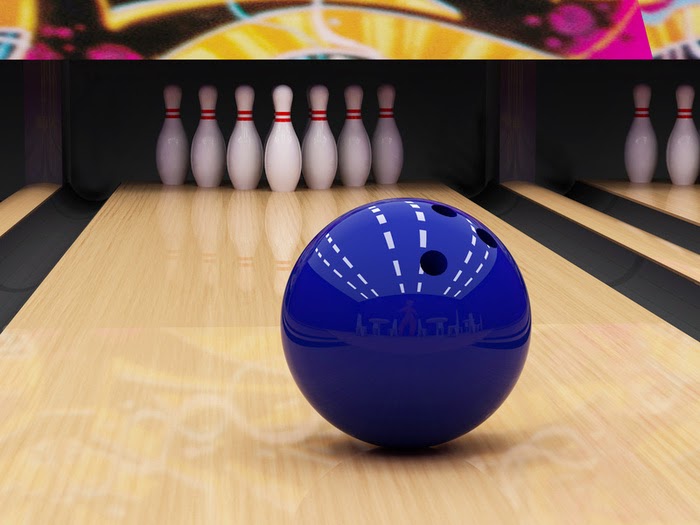Very few Mechanical Engineers know about the fact how to manufacture a flat surface. As a Mechanical Engineer we use simulators (Which are assumed to be perfectly flat) like surface plate for measuring other parts.
Do you know the science behind manufacturing the flat surface? how would the first Flat surface would have been made? What was the reference for it? I think you don’t know but don’t worry this article will clear out your confusions and you will become one of the few members to know the science behind manufacturing the flat surface.
Recently we had written an article on manufacturing a surface plate and for manufacturing we are using a Flat reference and scraping process to make it perfectly flat. But how the reference would be manufactured ? Or in the other way how would you make the first flat surface plate without any reference? If you are a mechanical design engineer then you should definitely know about it. Here is the answer:
The science behind manufacturing a flat surface is similar to Zeroth law of thermodynamics. Here is the principle on which flat surface are manufactured
“It is possible to device a combination of mating three surface together, if and only if all the three surface are flat”
If one of the surface is not flat you can’t mate a third surface. Now to make a surface flat try out the following activity:
Take any two surfaces A and B. Now scrap them so that they can mate with each other.
A and B can mate with each other but they are not yet flat.
Now bring up a third surface C. Now you can see the out of flatness in A and B as soon as they are compared with surface C.
Now scrap the surfaces A , B and C by comparing them with each other until all the three match with each other. Thats it and you are done.
All the three surfaces could mate with each other if and only if they all are flat.
Now you know the reason behind the flatness of a surface share it with your mechanical engineering friends.
And keep visiting for more interesting updates for mechanical engineers only on MECHANICAL INFO.


